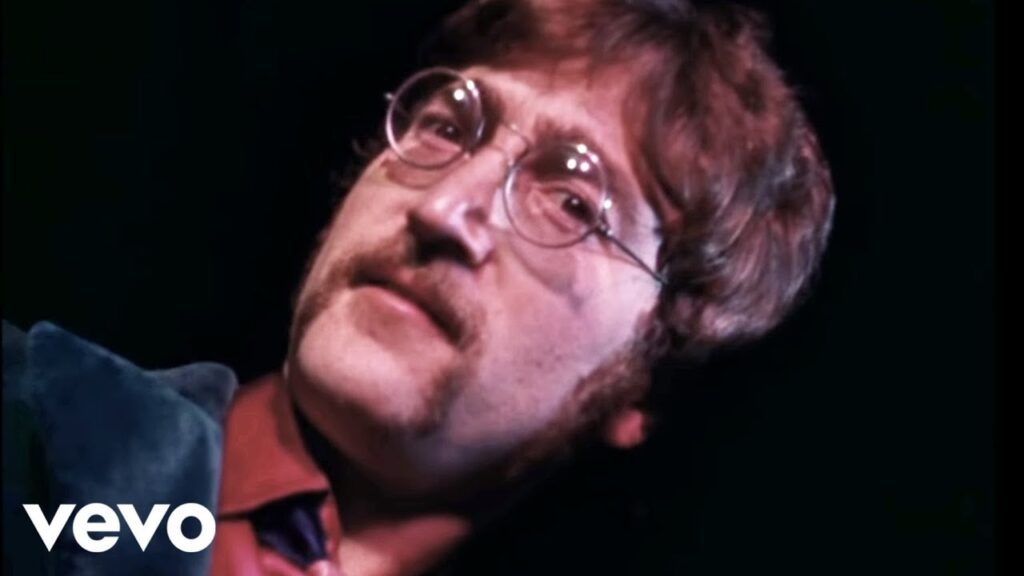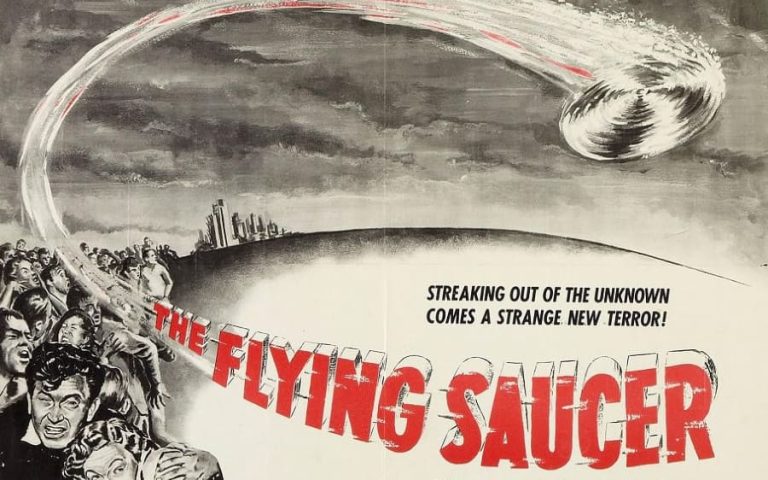If you’re under 60, you probably heard the line “I read the news today, oh boy” before encountering the song it opens. Even after you discovered the work of the Beatles, it may have taken you some time to understand what, exactly, it was that John Lennon read in the news. The “lucky man who made the grade” and “blew his mind out in a car” turn out to have been inspired by the young Guinness heir Tara Browne, who’d fatally wiped out in his Lotus Elan. The figure of 4,000 holes in the roads of Blackburn came from another page of the same edition of the Daily Mail. These are just two of the memorable images in “A Day in the Life,” which sonically reconstructs the fabric of the nineteen-sixties as the Beatles knew it.
In his new video below, Evan Puschak, better known as the Nerdwriter, calls “A Day in the Life” “arguably the Beatles’ best song.” Critic Ian MacDonald is rather less ambiguous in his book Revolution in the Head: The Beatles’ Records and the Sixties, proclaiming it “their finest single achievement.”
And if any single factor shaped its development, that factor was LSD. “A song about perception — a subject central both to late-period Beatles and the counterculture at large — ‘A Day in the Life’ concerned ‘reality’ only to the extent that this had been revealed by LSD to be largely in the eye of the beholder,” he writes. Lennon may have proven to be the group’s most dedicated enthusiast of that shortcut to enlightenment. It’s worth noting, as Puschak does, that it was Browne who first “turned on” Paul McCartney.
Though primarily John’s work, “A Day in the Life” wouldn’t be what it is without Paul’s double-time bridge, whose jauntily narrative ordinariness makes the verses all the more transcendent. The need for some kind of transition between these disparate John and Paul parts led to George Martin’s commissioning a 40-piece orchestra instructed to play from the lowest notes up to the highest, a collective glissando quadruple-recorded and mixed to sound like the end of the world. In theory, perhaps, all this — to say nothing of Lennon’s references to the Albert Hall, the House of Lords, and his own role in Richard Lester’s How I Won the War — shouldn’t work together. But the result, as MacDonald puts it, remains one of “the most penetrating and innovative artistic reflections of its era,” as experienced by the young men standing at its very center.
Related content:
The Experimental Movement That Created The Beatles’ Weirdest Song, “Revolution 9”
The Amazing Recording History of The Beatles’ “Here Comes the Sun”
The Making of the Last Beatles Song, “Now and Then”: A Short Film
Based in Seoul, Colin Marshall writes and broadcasts on cities, language, and culture. His projects include the Substack newsletter Books on Cities and the book The Stateless City: a Walk through 21st-Century Los Angeles. Follow him on the social network formerly known as Twitter at @colinmarshall.








